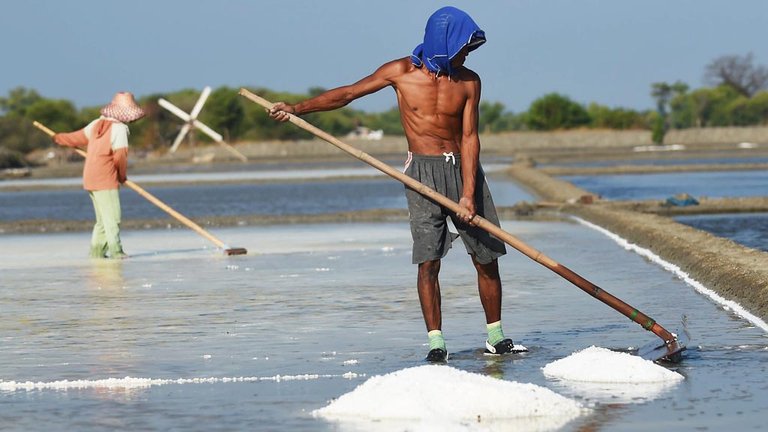
Salt is a complement to food needs and is a source of electrolytes for the human body. Not only as a consumption material, salt can also be used as an additional material in industries, such as the leather tanning industry, offshore oil drilling, etc. In Indonesia, efforts to improve the quality and production of salt have not been much sought after by the general public. Though the location of Indonesia which is surrounded by many oceans allows this country to produce salt with better quality and quantity.
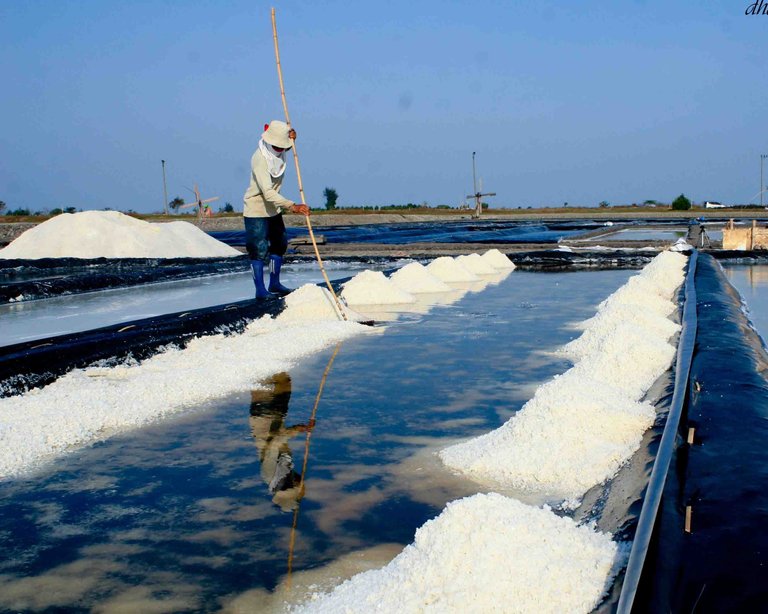
The process of making salt in Indonesia is still mostly done in the traditional way. One way is to use sunlight to help the process of evaporation. Usually salt farmers will make plots as a reservoir of sea water that will be evaporated. To get good salt yields with large crystals, salt farmers will usually drain seawater directly on the plots to produce high levels of baume (concentration) which is around 20-25Be (for measurements using Baumemeter.
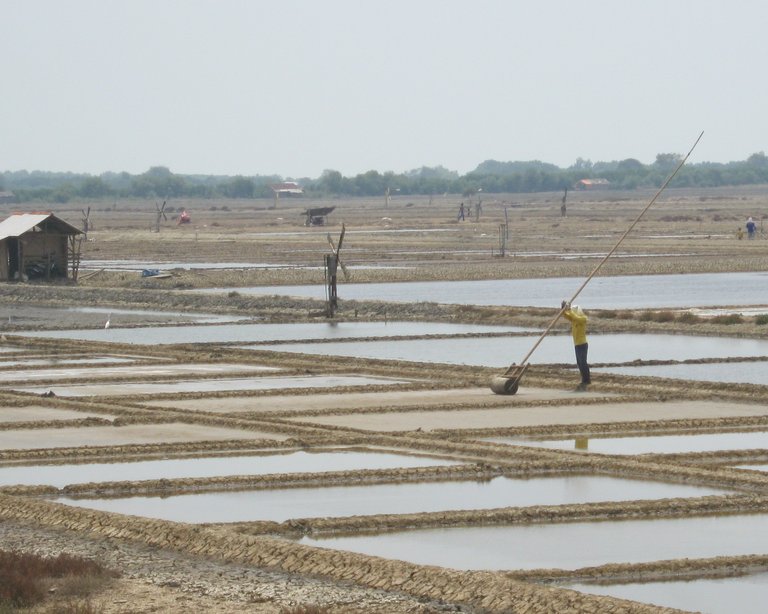
In general, the process of making salt traditionally can be explained through a flow like the following.
Young waterways (Caren)
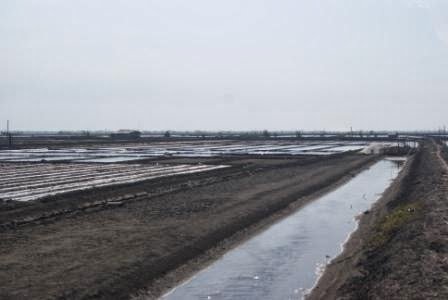
Caren serves to transport sea water from the sea to the salt fields. Seawater drainage can use the aid of a pump engine or rely on tides for sea water. During the process of channeling sea water to caren, the density of sea water will increase from 2 degrees Be to 4 degrees Be.
Young water reservoirs Sea water
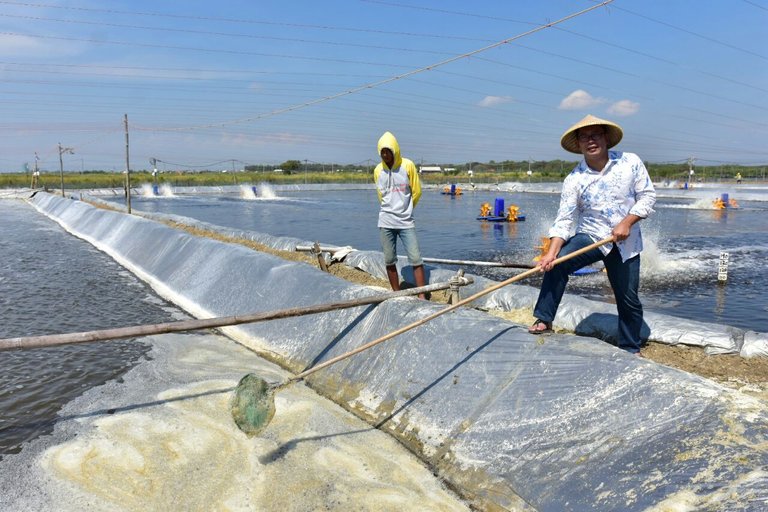
from caren then flowed into a reservoir of young water. The area of the reservoir for young water is about 25% of the total salt land area. Young water stored in the reservoir is deposited for 7-10 days with a water level of about 1 meter. During this process the water density will increase from 4 degrees Be to 7 degrees Be (normal heat). Aside from being a reservoir, this pool also serves to precipitate impurities carried by sea water, then the water from the reservoir is channeled to the pond.
Pool selection
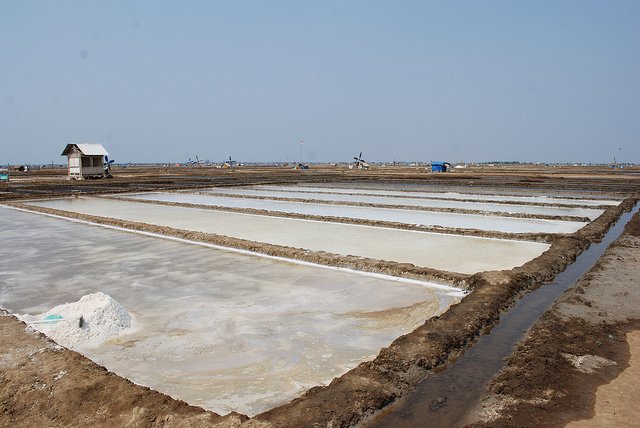
In the pond, the water is deposited for about 7-14 days with a depth of approximately 40 cm. During the aging process of water in the pool, the water has evaporated so that there is an increase in concentration from 7 degrees Be to 20 degrees Be or commonly called old water. After the concentration is considered sufficient to become old water (20 degrees Be), the old water is released to the crystal table.
Crystal table
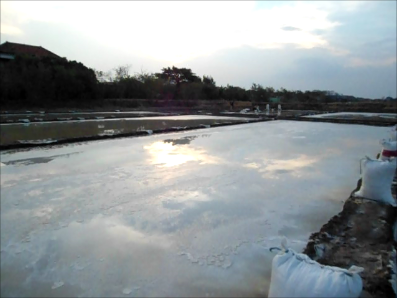
Old water then flowed to the crystal table. The area of the crystal table is about 35% of the area of the pond. Inside the crystal table, old water is deposited for 5-10 days with a water depth of ± 5 cm. over time the old water will crystallize into salt crystals.
Harvest
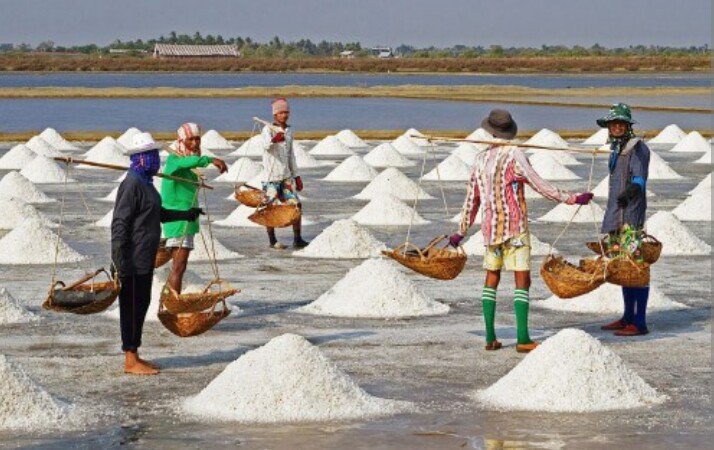
The salt that forms on the crystallization table for the next 5 days is harvested by scraping using a scrapper made from wood. The harvested salt is then put into a sack and then transported to a storage warehouse.
In addition to utilizing sunlight, making salt can be done through the boiling process. For the process of making salt by boiling method will usually use salt that is still coarse that has been finished and then dissolved with water. After the salt has dissolved, then filtered so that the water is clear. Furthermore, the water is boiled using coals of fire for about 3-4 hours or more, after that it becomes boiled salt.
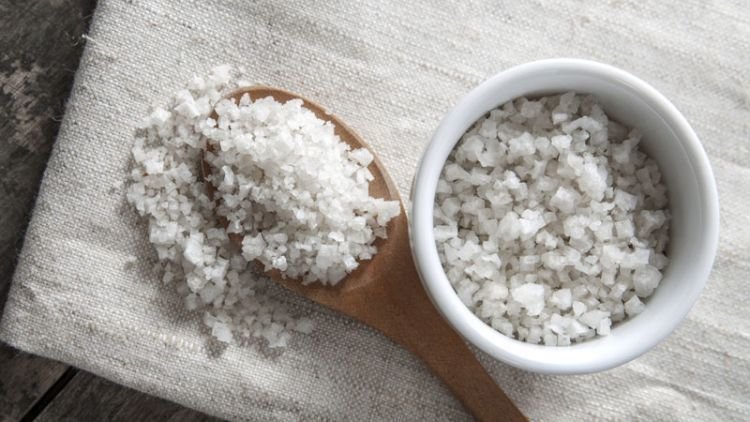
Salts produced through the boiling process will be finer when compared to salts made through the evaporation of the sun's heat. However, basically both methods are safe and good for use in making salt.
Source
Source
Direct translation of full or partial texts without adding anything original is frowned upon by the community. Repeatedly posting such translations are considered spam.
Spam is discouraged by the community and may result in the account being Blacklisted.
If you believe this comment is in error, please contact us in #appeals in Discord.
Hi you bastard .. don't you see my post, listed source, are you blind dog, you have to be professional at work.
Nice information.
@tipu curate
Upvoted 👌 (Mana: 12/18)
You have been curated on behalf of Inner Blocks: a community encouraging first hand content, with each individual living their best life, and being responsible for their own well being. #innerblocks Check it out at @innerblocks for the latest information and community updates, or to show your support via delegation.